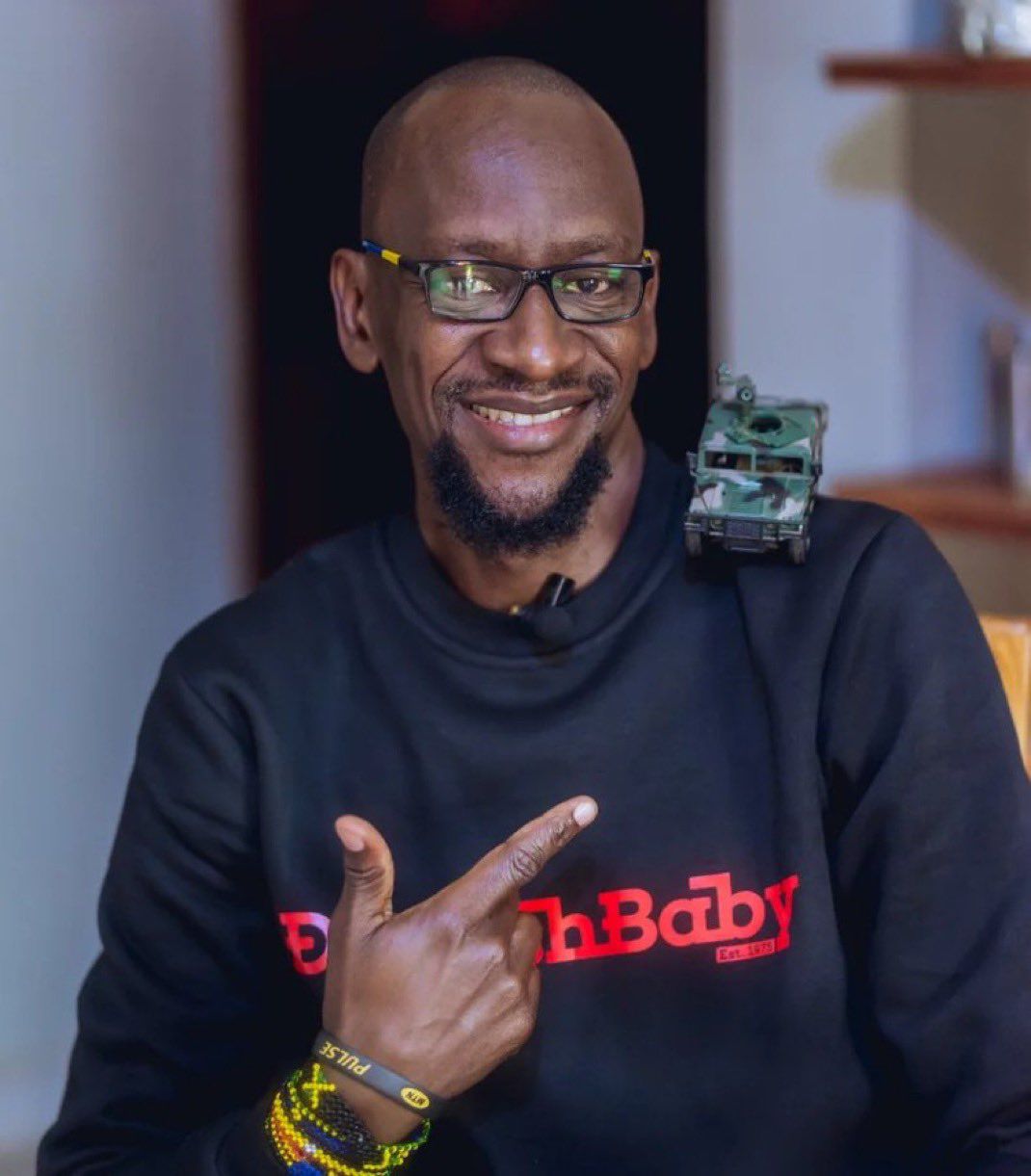Rethinking kids and gym
The conversation about fitness for children is often clouded by myths, fears, and outdated beliefs. In Nepal, the idea of children working out, especially in a gym setting, is still met with hesitation. But as awareness around physical and mental well-being grows, so does the need to reevaluate how we approach fitness for the younger generation.
Payash Rajbhandari is a fitness trainer with diverse experience, ranging from The Physique Workshop to The Pump, where he manages the Chabahil branch. He delves into what a more informed fitness culture in Nepal looks like and the importance of starting early.
At what age is it safe for children to start working out at a gym, and what should their fitness routine look like?
There’s no predefined age for starting fitness—it depends on the child’s individual goals, how their body develops, and what kind of activity they’re interested in. When people in Nepal hear the word ‘gym,’ they often assume it’s limited to lifting weights. However, a gym has many activities, such as gymnastics, boxing, and MMA.
That culture is still developing here, but we’re making progress. For children, it’s important to focus on the basics first—understanding which muscles are being activated, working on flexibility, mobility, and bodyweight strength. These form the foundation. Then, when they’re around 18 and their bodies are more developed, we can begin introducing resistance and strength training in a structured way.
Exercise for children should be fun and engaging. Proper guidance is essential because without it, there’s a risk of injury. It’s not about pushing them into gyms early—it’s about giving them the right kind of movement and motivation.
What are parents’ biggest misconceptions about children and fitness, especially about strength training and physical development?
Some parents believe that going to the gym or doing strength training will negatively affect a child’s growth. Some believe that gym training is only suitable after age 18, but that’s not entirely true.
The issue isn’t the age—it’s the lack of proper guidance. Sometimes, parents send their children to the gym without ensuring they’re being supervised or trained correctly. When children are in their developmental phase, exercise must be approached with care and expertise. If done correctly, fitness training can support healthy growth. It helps build bone density, muscular strength, and overall long-term well-being.
The focus shouldn’t be on lifting heavy weights but on form, technique, body awareness, and gradual progression. With the proper guidance, children can safely enjoy the benefits of physical activity well before they turn 18.
How does early exposure to fitness influence a child’s long-term health, discipline, or even self-esteem?
I train quite a few teenagers—some as young as 14 or 15—and from what I’ve seen, many young people today know the benefits of fitness. They’re keen to join the gym and often come to me for guidance, which is encouraging.
From my conversations with them, it’s clear that early exposure to fitness has had a positive impact, not just physically, but also mentally. For those already involved in sports like basketball or football, fitness training complements their routine and enhances their performance.
It also helps in reducing the risk of illness and lifestyle-related diseases. Most importantly, it boosts their self-esteem, encourages discipline, and builds a sense of routine and responsibility from a young age.
Are gyms in Nepal ready to accommodate young members? What changes or facilities would make them more child-friendly?
Many gyms in Nepal aren’t fully equipped or prepared to welcome children. Most don’t offer training for younger age groups, and some don’t even allow children. However, some steps can be taken to make gyms more inclusive and child-friendly.
For example, at The Pump, we designed special programmes during school holidays—workshops and activities tailored for kids that are fun and fitness-focused. We also run weekly group classes for children, making the experience more social and engaging.
Gyms could consider incorporating simple, safe equipment like hula hoops, push-up boards, and ropes—tools that are child-appropriate and can be used creatively.
For parents unsure about sending their kids to a gym, what are some simple ways to encourage fitness at home or in everyday life?
Gym workouts aren’t the only way to stay fit, and they’re not always necessary, especially for children. The key is to ask your children what they’re interested in. It could be any form of physical activity—sports, martial arts like MMA, or even something as simple as running or cycling.
Introducing them to different activities can help them discover what they enjoy. It’s also important to remember that exercise isn’t just about building muscle or physical strength—it also plays a significant role in mental well-being. Regular physical activity helps reduce stress, improves focus, and can even aid in managing or preventing certain health conditions.
Parents should focus on creating a healthy and active lifestyle plan for their children, one that encourages movement and enjoyment rather than pressure or rigid routines.













